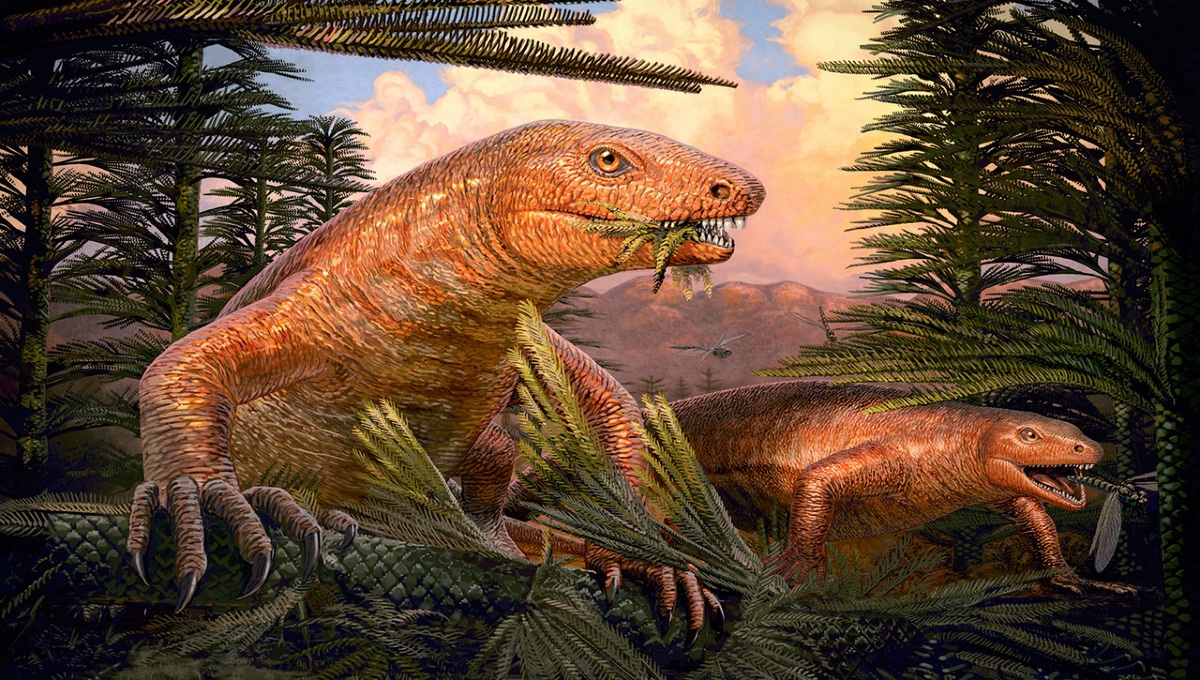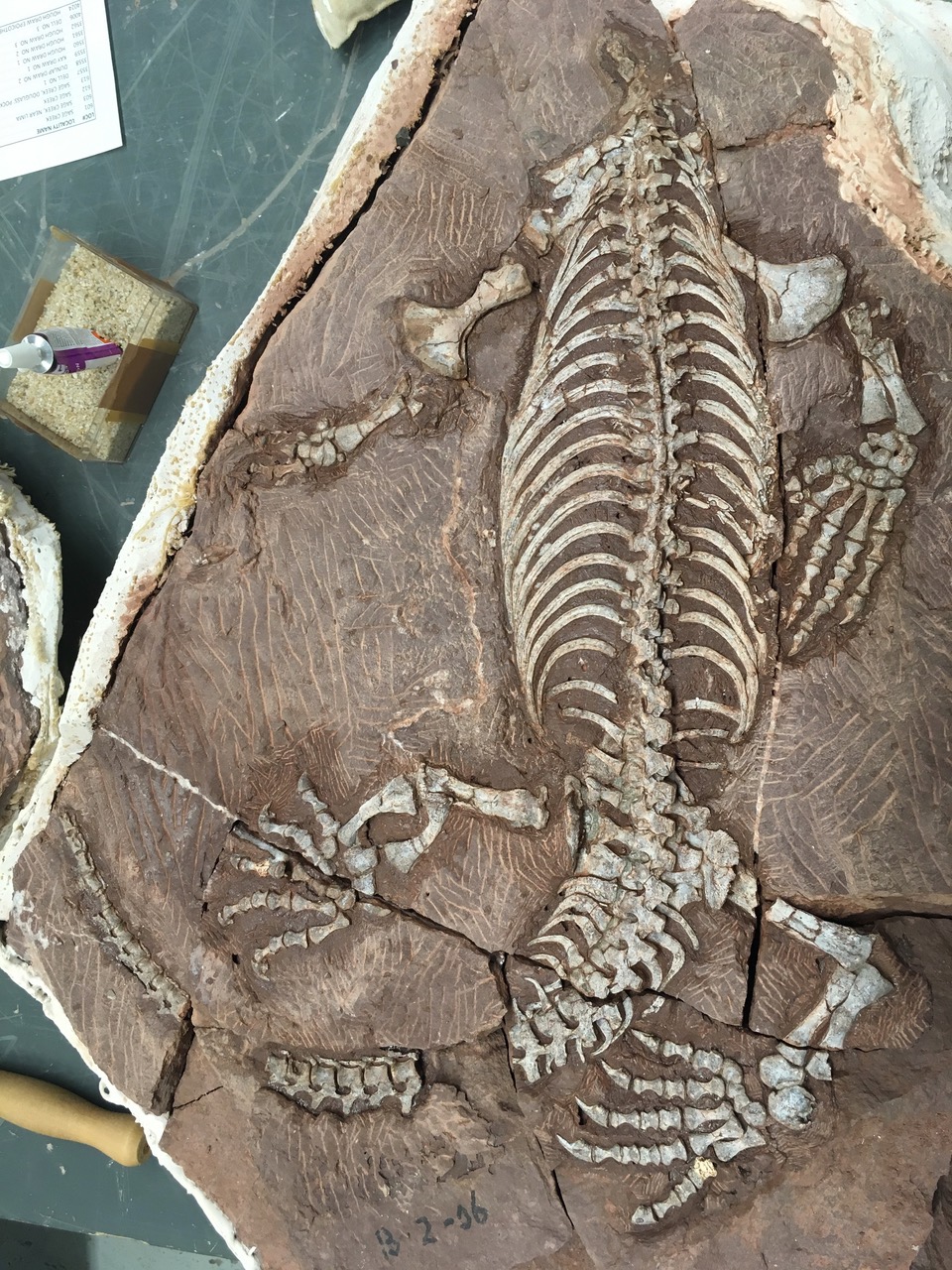Prof. Hillary Maddin Part of Team that Described New Genus and Species of Pre-Mammal About 290 Million Years Old
Earth Sciences Prof. Hillary Maddin, working on a team led by the Carnegie Museum of Natural History, has discovered Martensius bromackerensis, a basal synapsid from the Late Paleozoic from 283.5 to 290.1 million years ago.
Was thrilled to get the call to go help work on this amazing specimen. Martensius bromackerensis is an early caseid that reveals a diet shift during ontogeny, which may have facilitated the origin of herbivory in the group. #paleo #fossil #notadinosaurhttps://t.co/p4LMIsKSAC pic.twitter.com/GtrtcmQy8p
— Hillary Maddin (@Evo_Deva) April 1, 2020
Caseids are an extinct family of pre-dinosaur synapsids, a group that later gave rise to mammals.
“The fossil is a new kind of early caseid – a group of animals that were among the first to evolve completely herbivorous lifestyle,” said Maddin.

The four well-preserved fossil skeletons, discovered between 1995 and 2006 at the Bromacker Quarry in Germany’s Thuringian Forest, suggest that juveniles had insectivore teeth that were replaced in adults by teeth suited to an omnivorous diet, though other features of the skeleton indicate it was also adapted to herbivory.
“Ingesting insects may have been an important step in the evolution of herbivory by providing access to symbiotic bacteria needed to digest tough plant material,” said Maddin.
Maddin and the other researchers theorize that a juvenile diet of insects provided a source of bacteria to the gut to aid in processing the presumed adult diet of cellulose-rich, high-fiber plants, roots and tubers that would have been otherwise difficult to digest. This may have permitted the evolution of herbivory in the group.
“Being a herbivore is hard work. Recruiting symbiotic bacteria and evolving a large torso to contain long guts were likely key to the success of this group in the Permian (~290 million years ago).”
